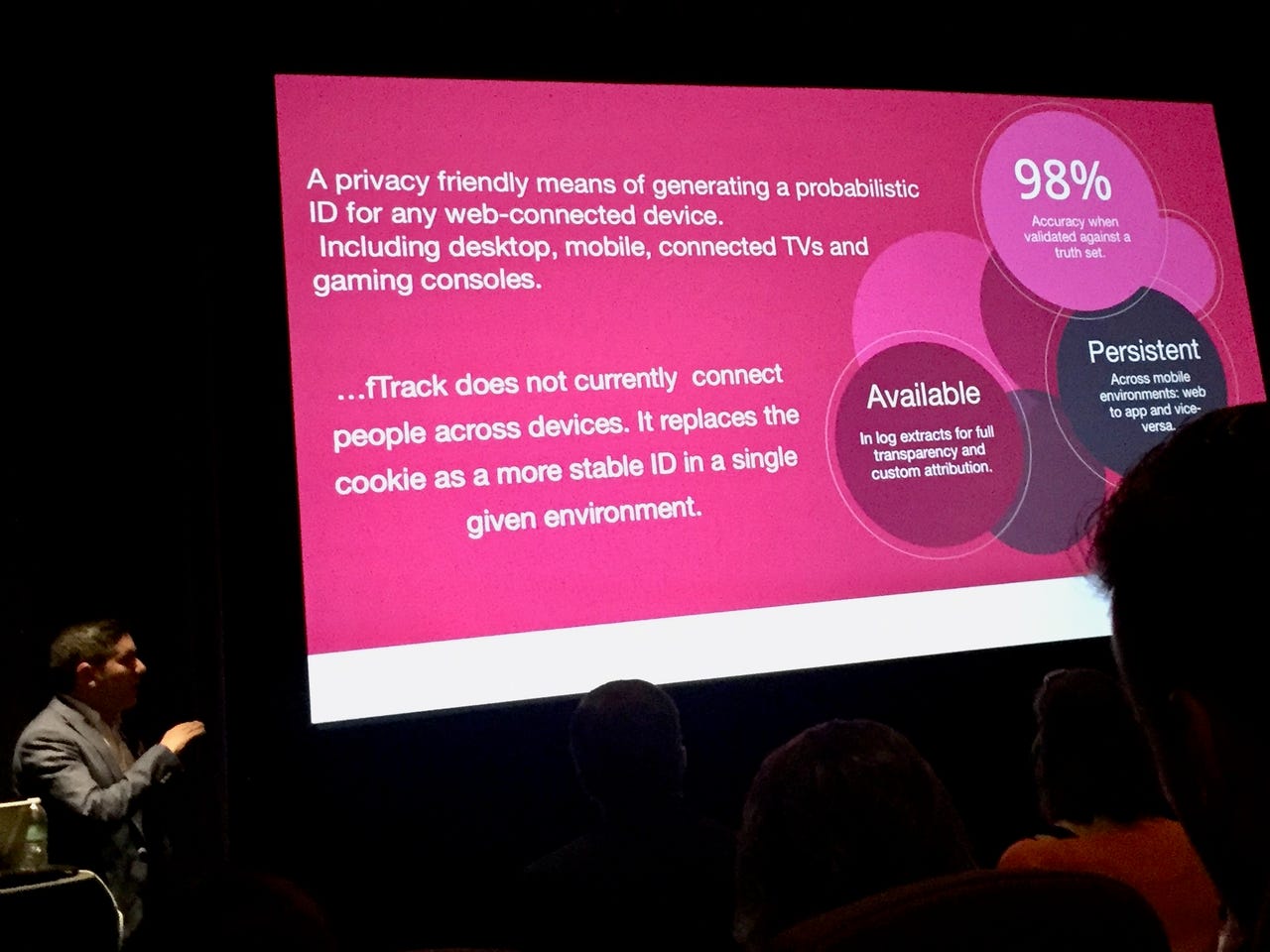Business
Cookieless ad tracking will mean more money for media sites and cut costs
Ad tech companies make a strong case for cookieless tracking as a way to cut marketing costs and reward sites with great content


Better analysis of advertising metrics plus cross-device tracking will result in big savings on advertising costs and create more revenue for media sites with great content -- these were among the claims made this week at a San Francisco event hosted by ad tech companies Flashtalking, Tapad, and Integral Ad Science.
These companies provide advertising control and measurement technologies and detailed analysis of online campaigns. Customers gain insights into which sites and ad networks are providing the least value, fraudulent sites and fake news sites -- can all be turned off to save money and protect brand reputation.
Here's my notes from three hours of presentations and panels:
- The goal of metrics analysis is to be able to understand the entire marketing funnel journey of a customer. This means tracking a person across all their devices: desktop, laptop, tablet, smartphone, second smartphone.
- It is essential that the data needs to be cleaned first because of all the bots, fake urls, and more.
- Without a unified view across devices it is not possible to understand which ads on which sites are working and how many times the ad has been shown to a person. This attribution problem means marketers don't know which services to keep or turn off.
- It's very important to add a time component into the metrics. This measures the total time spent viewing ads across all devices and sites. Time provides powerful insights such as:
- Media buyers are often unaware that when they set a typical 70% ad impression rate:
- More than 50% of ad buys are for ads shown for one second or less.
- Because so many ads are not viewable buyers require a ratio of 10 buys to guarantee four impressions.
- Marketers don't know how to use all the tools at their disposal such as setting caps on advertising frequency. Just this one adjustment can save a lot of money.
- Mobile is a much better performing channel than might at first appear. People will search for airline tickets on their smart phones but then buy on their desktops.
- Retargeting advertising services performed poorly.
- Media sites with great content did very well in influencing conversions and could sell their ads for a premium at least 30% or more. It gives proof to claims by publishers that adverts perform better with great content.
- Better analysis of metrics requires better tracking and that means cookieless technologies.
- Cookies are a problem because almost one third are deleted each month and there are duplications that mess up analysis.
- Trackless ID used by Flashtalking works by looking at an online users' signals and then bridging the same ID across devices that belong to the same person.
- The Signals are device, OS, performance, browser, IP address and several other factors. They can identify a user with more than 96% accuracy.
- There is no way to erase a trackless ID because the next time a user connects to a site using the technology it will recognize the user based on the hardware, software and behavioral data with a extremely high degree of accuracy.
- Because it cannot be erased cookieless tracking is needed to provide a complete view of a customer journey through the marketing funnels and can generate highly targetted ad campaigns.
- It's important not to rely on tools and automation but to apply human knowledge and domain expertise to understnding the ad metrics and deciding on a new course of action.